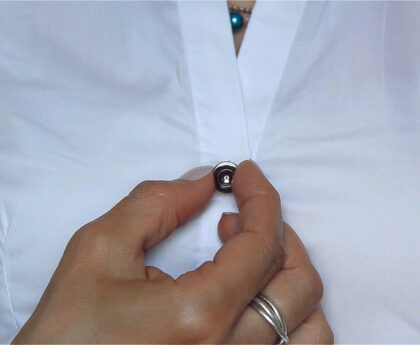Formal outfits across the globe reflect the variety of people and their cultures via an ever-shifting kaleidoscope of styles. Formal outfits provide a window into regional identities, showcasing everything from the suave elegance of the United Kingdom to the vivid colors of Pakistan, the elegant minimalism of China, the avant-garde flare of the United States, and the captivating tapestry of India. In this post, we travel the fashion world and examine the fascinating formal outfit trends in Pakistan, the United Kingdom, China, the United States, and India, as well as the meteoric growth of Pakistani designers.
Pakistan – The Epitome of Elegance
The word “formal outfits” in Pakistan instantly conjures images of lavishness, painstaking detail, and classic style. Traditional garments like the male Sherwani and the female Anarkali have stood the test of time and are popular today. Intricate stitching, sequins, and decorations provide an exquisite touch to luxurious materials like silk, velvet, and chiffon.
The Pakistani designers who have successfully combined traditional and modern aesthetics have gained fans worldwide. These designers, like Shireen Lakdawala, have revitalized Pakistani formal outfits with their daring color combinations and distinctive cuts, making it a go-to for A-listers and fashionistas everywhere.
United Kingdom – Timeless Sophistication
The United Kingdom’s formal outfits perfectly reflect the country’s reputation for understated sophistication. Classic and refined British fashion has always been admired. Imagine ladies wearing beautiful midi-length skirts and men wearing well-tailored suits with trench coats and caps.
It’s also common for British men and women to wear vividly colored ties and pocket squares to formal events and for ladies to wear unique designs and accessories. The British design industry’s unfussy ability to blend classic elements with modern silhouettes has long been an inspiration and a driving force in formalwear.
Also Read This: Say Goodbye to Wrinkles with Hyaluronic Acid Serum for Face
China – Subtle Grace and Modernity
The simple elegance of traditional Chinese formal outfits symbolizes the country’s illustrious history and culture. Elegant and understated, traditional Chinese formalwear like the Cheongsam for ladies and the Tangzhuang for men are renowned worldwide.
In recent years, Chinese fashion designers have been more adept at incorporating contemporary details into classic garments. The world has taken notice of this synthesis, elevating Chinese formalwear to the status of a symbol of cultural superiority and forward-thinking style.
United States – Bold Expression and Versatility
Formal fashions in the United States reflect the country’s varied population. The American fashion industry is distinguished for its adaptability and fearless originality. American men and women show their personalities and senses of style via their formal outfits, ranging from sharp tuxedos and power suits to gorgeous gowns and avant-garde outfits.
Celebrities and designers in the United States often push the envelope and establish new dress norms at red-carpet events and award presentations. The United States has always been at the forefront of fashion. American designers have done much to keep formal outfits on the cutting edge of world style.
India – A Colorful Celebration
Indian formal attire is a riot of color and design, showcasing the country’s cultural richness and variety. Wearing the Sherwani for men or the Sari or Lehenga for ladies is a great way to show off the culture and artistry of the nation.
Bollywood also significantly impacts how people dress for formal events in India. Indian designers are experts at fusing old and new creations, which are popular worldwide. The mashup of Western and Indian styles has produced a novel story in clothing that has captured the imagination of style-conscious people everywhere.
Pakistani Designers: Ruling the Global Fashion Scene
The work of Pakistani designers has forever altered the formal outfits business in recent years. Pakistani designers have reinterpreted traditional garments, making them relevant and attractive worldwide with their careful attention to detail, inventive designs, and deep commitment to their cultural heritage.
The Sherwani, a traditional piece of Pakistani men’s formalwear, has been lauded for its royal grace and adaptability. Because of how well they blend classic style with contemporary tailoring and materials, these suits are a favorite among grooms and men attending formal events all around the globe.
The Anarkali and the Lehenga, two types of formal outfits for women in Pakistan, have similarly captivated fans of high fashion with their beauty and complexity. These ensembles are no longer restricted to special occasions like weddings and galas; they can be seen at international fashion shows and on the red carpet.
Pakistani designers have found success because of their skill in blending traditional elements with modern aesthetics. The versatility and adaptability of their designs make them a formidable competitor in the international fashion industry.
